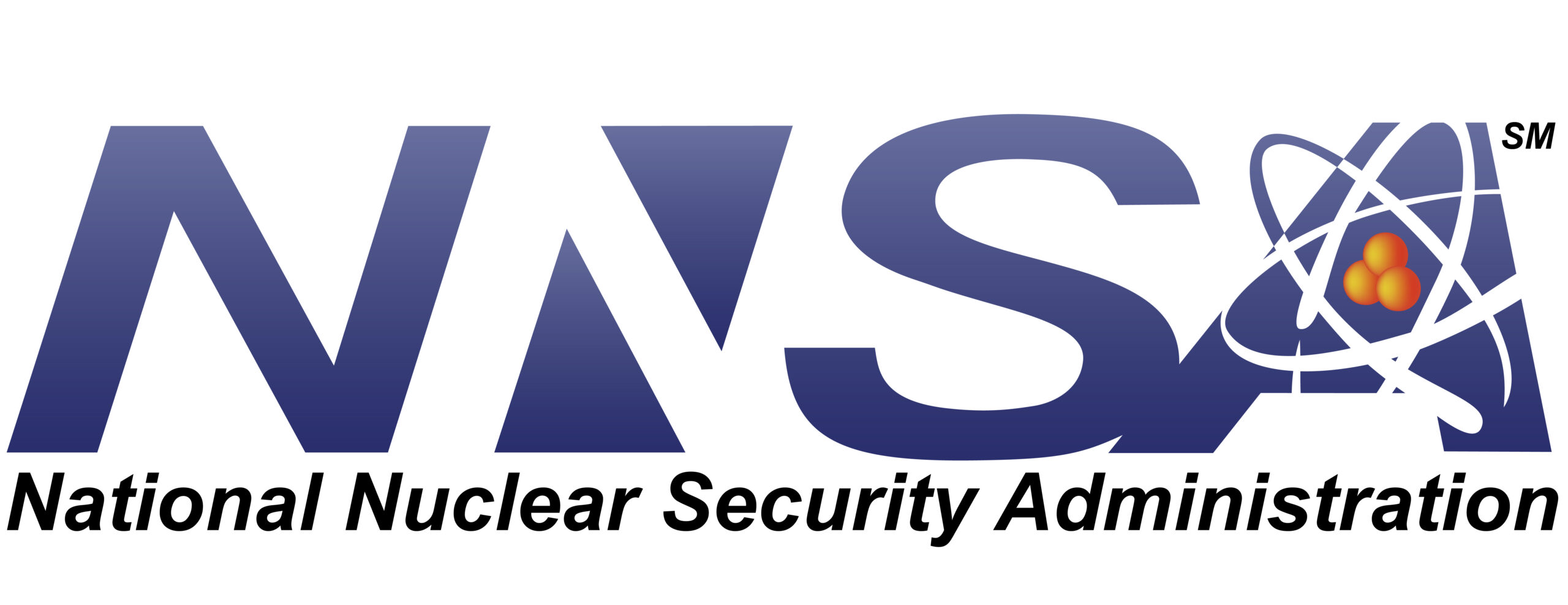
Nuclear Security & Deterrence Monitor Vol. 27 No. 49
Visit Archives | Return to Issue PDF
Visit Archives | Return to Issue PDF
Nuclear Security & Deterrence Monitor
Article 1 of 7
December 22, 2023
Nuclear security in 2023: pits press on; UPF stumbles; industry consolidation looms

Amid an increasingly chaotic international security picture, the post-pandemic landscape for the National Nuclear Security Administration came into clearer focus in 2023 as the agency pressed on with plans to produce plutonium pits, reckoned with a major infrastructure…
Partner Content